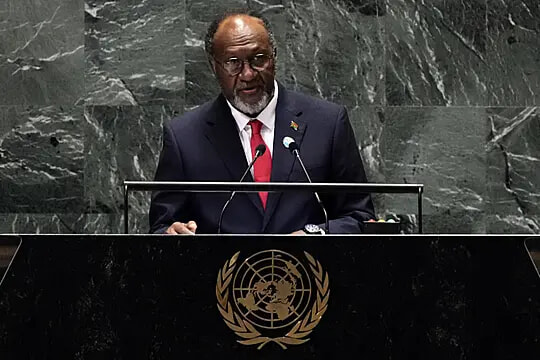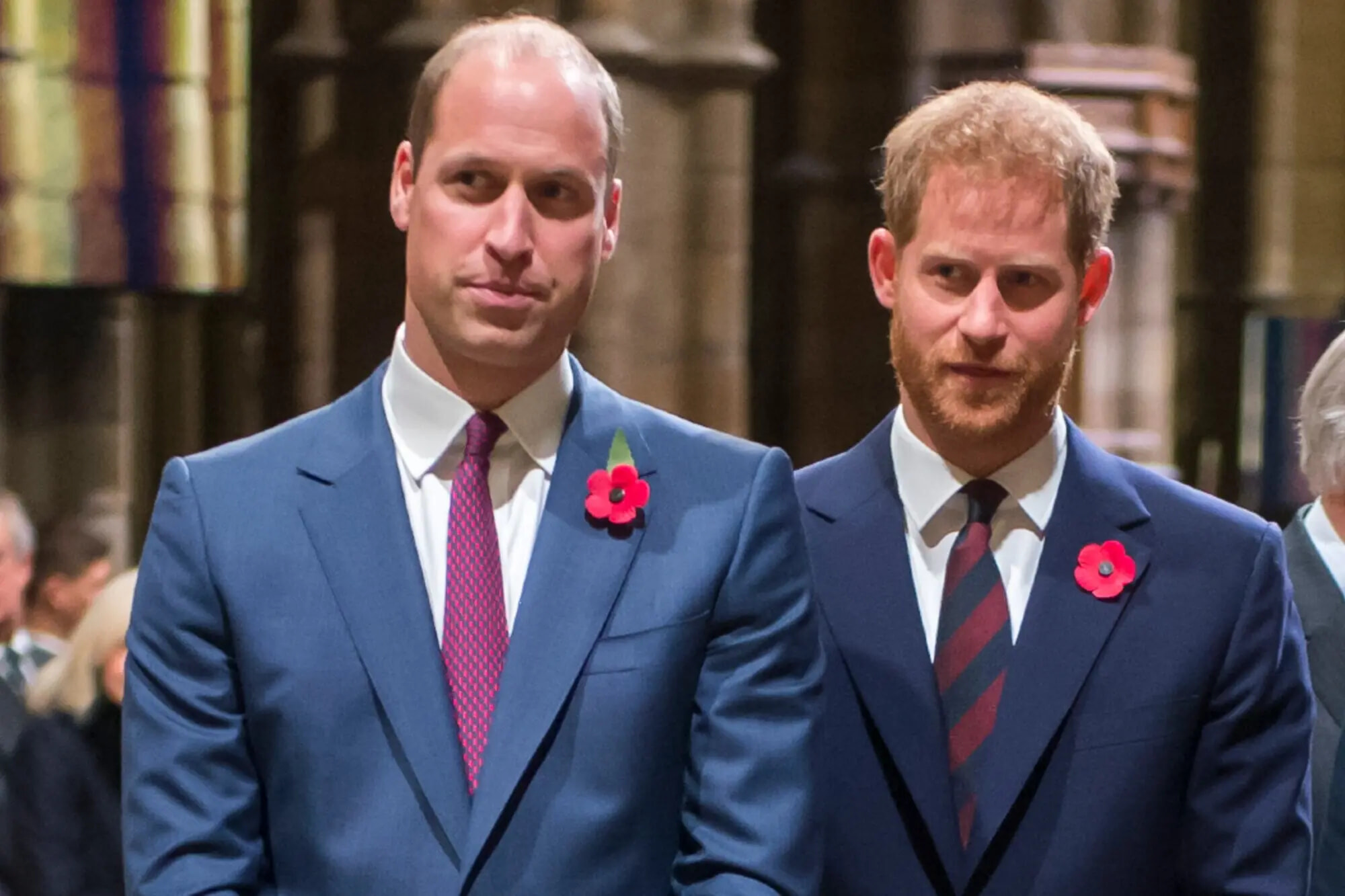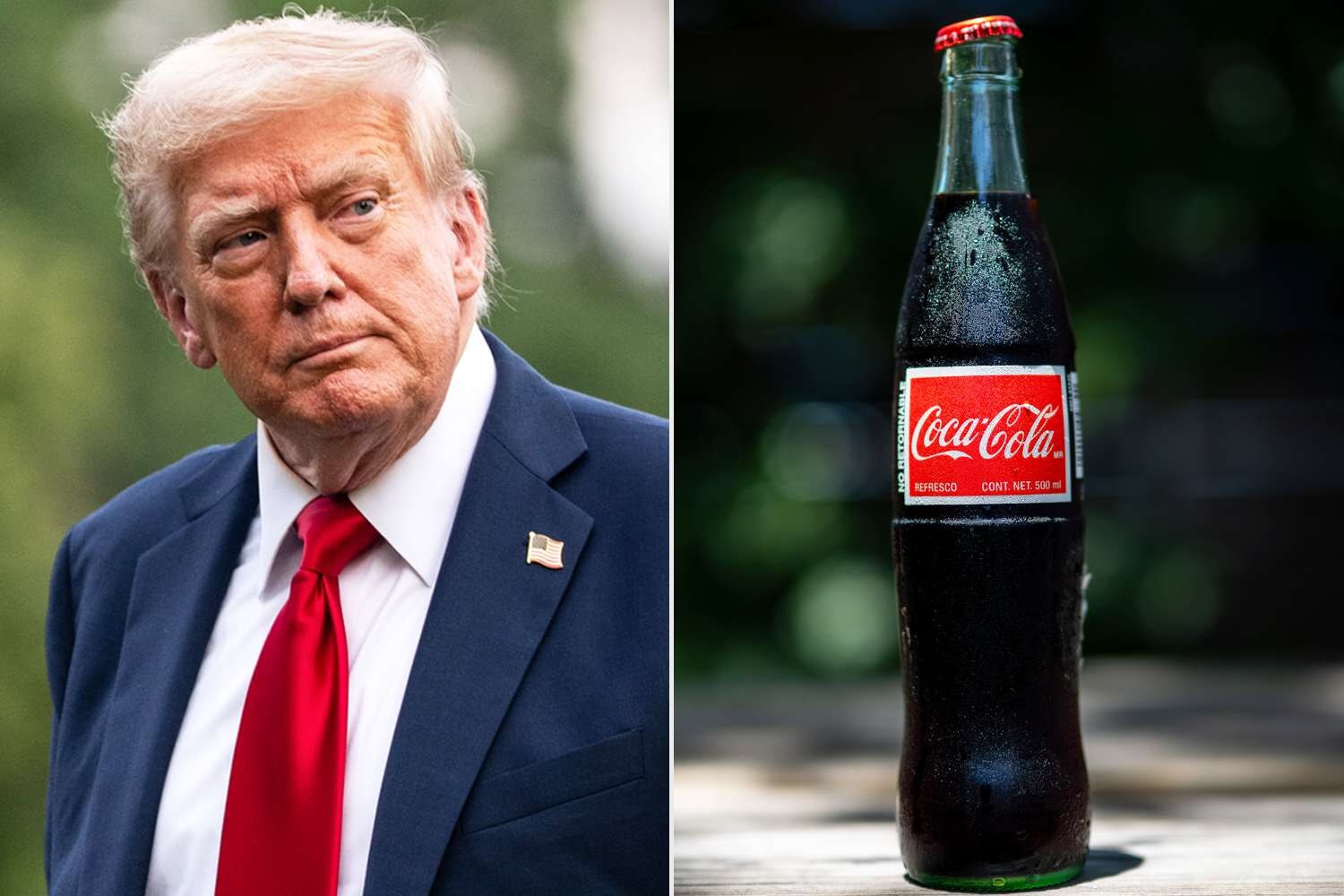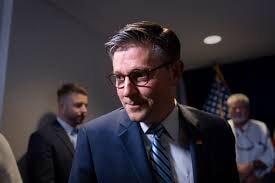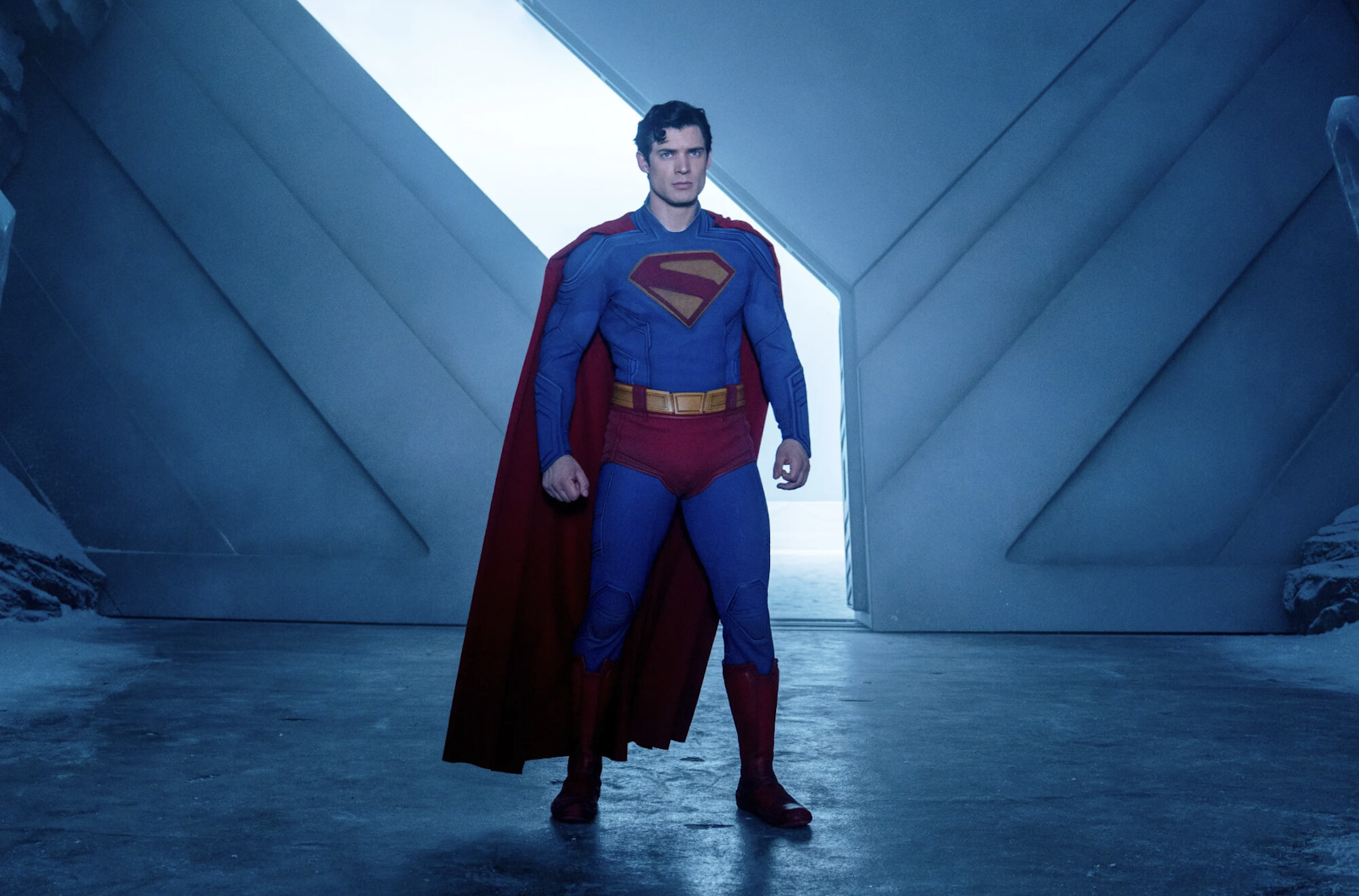
James Gunn Says 'Superman' is Not About the Middle East; Debates Ensue
What do you think?
Published July 29, 2025
Advertisement
Advertisement
1. Shadows on the Silver Screen
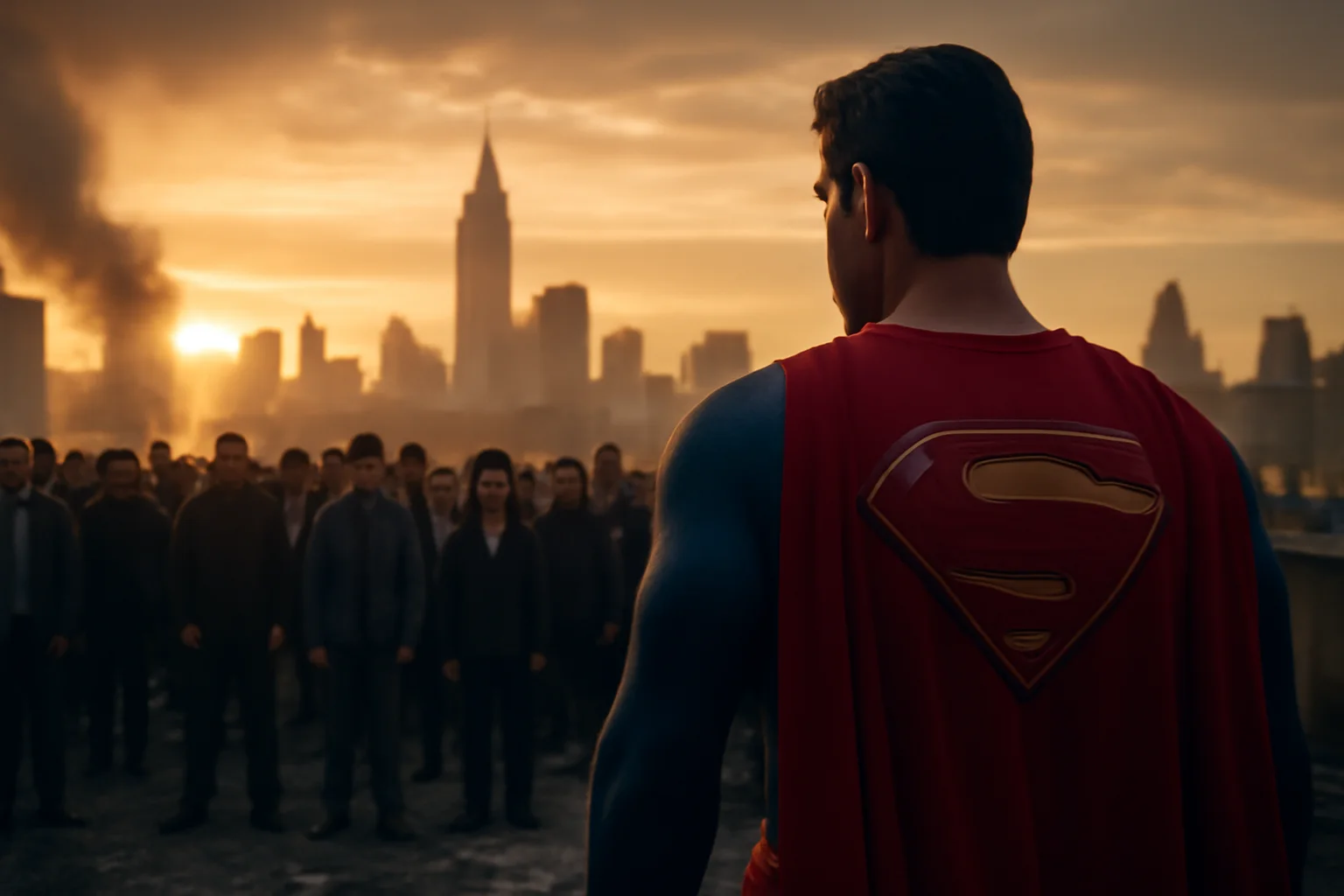
For decades, Superman has stood as the symbol of American might and idealism, soaring above city skylines to battle villains both alien and human.Yet in the summer of 2025, James Gunn’s new Superman film hurled the Man of Steel into a storm of cultural and political controversy, the likes of which even Metropolis hadn’t seen.The plot seemed, on the surface, a classic superhero tale: Superman intervenes to halt a foreign war between two fictional countries, Boravia and Jarhanpur, with Boravia depicted as a technologically advanced, militarized power, and Jarhanpur as its vulnerable, impoverished neighbor.Immediately, social media, news outlets, and commentators from every political corner pounced on the story’s possible allegory, seeing shades of the real-world Israel-Palestine conflict bleeding into every frame.While some celebrated the film’s “explicit” criticism of settler colonialism and state violence, others recoiled at what they perceived as anti-Israel messaging embedded within a Hollywood blockbuster.Reviewers pointed to scenes of Boravian soldiers in full military gear advancing on unarmed Jarhanpurians, women in modest dress, and a border fence bristling with tension, as unmistakable echoes of Gaza’s reality.Suddenly, a film about capes and superpowers became the epicenter of debates about war, imperialism, and who gets to be a hero in a world on fire.Gunn, who had written the script before the most recent escalation in Gaza, insisted that the film was never meant as a direct commentary on the Middle East, but the timing, imagery, and political undertones proved impossible to disentangle from ongoing headlines.The conversation moved from cinema screens to op-eds, talk shows, and congressional hearing rooms, igniting a debate that was as much about Hollywood’s role in shaping public conscience as it was about Superman’s ability to save the day.In the shadow of recent wars and rising global activism, even the world’s most powerful superhero found his cape snagged on history’s thorniest conflicts.As audiences poured into theaters, each brought their own history, pain, and politics, reading the film as either bold allegory or an accidental flashpoint.The movie’s spectacle was undeniable—but it was the conversation it started outside the theater that revealed just how much was at stake in the world Superman tried to save.And so, a blockbuster designed to entertain became a cultural Rorschach test, its bright colors blurring into the gray zones of the real world.
Advertisement
2. The Battle Lines Drawn
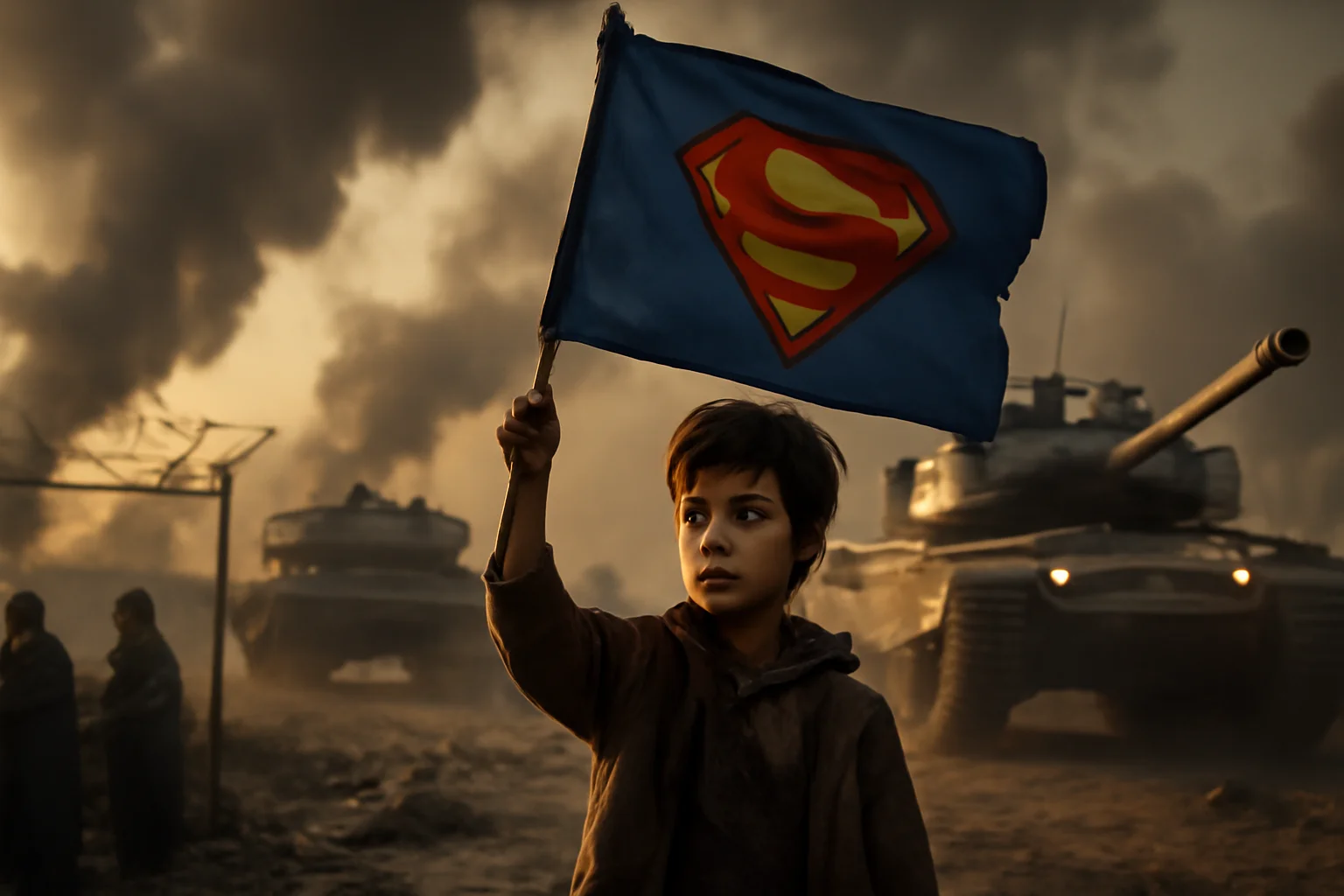
As the lights dimmed and the film unfurled, the question on everyone’s mind became inescapable: Was Gunn’s Superman a thinly veiled rebuke of Israel, or simply a timely tale about power and morality?Right-wing commentators and conservative voices blasted the film as “Superwoke,” accusing it of using spectacle to mask a political agenda that cast Israel as the villain.Ben Shapiro, a prominent conservative pundit, rejected any parallel between Boravia and Israel, dismissing the controversy as the fever dream of “left-wing brains” desperate to politicize pop culture.On the other end of the spectrum, progressive voices and pro-Palestinian activists hailed the film as a rare, unapologetic critique of occupation, oppression, and American complicity—claims echoed by viral social media posts and millions of viewers.Film critics poured gasoline on the fire, with some describing scenes as “chillingly reminiscent” of the Israel-Gaza conflict, while others found the parallels “unavoidable,” particularly in moments of civilian suffering and military excess.The film’s villain, Lex Luthor, is recast as a tech billionaire with shades of Elon Musk and Donald Trump, supplying Boravia with weapons and plotting to carve up Jarhanpur for personal gain—a mirror, some said, to the entanglements of American foreign policy and the global arms trade.Gunn himself tried to defuse the controversy, repeating in interview after interview that the movie was conceived before the current Middle Eastern crisis and insisting he’d worked to distance the plot from any specific real-world event.Yet the symbolism was potent: Boravia’s heavily armed forces, the border fence, the dispossessed civilians, and a young boy hoisting a Superman flag as tanks rolled in all seemed to reflect images broadcast daily from Gaza.As the box office numbers soared, the debate grew louder, spilling into columns, podcasts, and online forums where even casual fans weighed in on the meaning behind every detail.For many, the film’s ambiguity became its greatest weapon, forcing audiences to grapple with uncomfortable truths about the narratives they consume and the realities they so often ignore.Others questioned whether a superhero story could ever escape the weight of real-world suffering, or if even escapist fantasies inevitably become battlegrounds for political contest.Gunn’s Superman, in trying to save a fictional world, found himself embroiled in the hardest questions of our own.
Advertisement
3. Allegory or Accident?

In interviews and press tours, James Gunn insisted that any echoes of current events in his Superman were just that—echoes, not blueprints.He stated repeatedly that when he began the script in 2022, the Middle Eastern conflict hadn’t yet erupted into its latest tragic cycle, and that the countries at the film’s heart—Boravia and Jarhanpur—were long-established in DC’s comic universe.Still, Gunn acknowledged the film was “about politics,” describing its plot as the story of a powerful country, led by a despot, invading a neighbor “problematic in terms of its political history, but with totally no defense against the other country.”He doubled down on the fiction, emphasizing that he tried to do “little things to move it away” from the Middle East and that the story was “really” about morality, kindness, and the immigrant experience at Superman’s core.Yet his efforts did little to stem the flood of analysis and interpretation, with both supporters and critics poring over each frame for subtext.Some saw the film as an immigrant story writ large, pointing to Superman’s own journey from Krypton to Kansas and the long tradition of American superhero narratives grappling with questions of belonging and power.Others latched onto the casting choices, the ethnic coding of Jarhanpurians, and the film’s refusal to grant the oppressed side any real agency beyond victimhood, raising concerns about white savior tropes and Hollywood’s problematic patterns.The movie’s villain, Lex Luthor, and his alliance with Boravia, evoked not only current debates over military-industrial interests but also Hollywood’s fascination with megalomaniacal billionaires pulling the strings of war.In the heated exchanges between Superman and Lois Lane, the dialogue mirrored real-world debates over intervention, sovereignty, and humanitarian crises—turning superhero fantasy into urgent moral argument.For some viewers, the most poignant moments were the smallest: a falafel vendor named Malik Ali risking everything to help Superman, a boy waving a flag at the border, a city grappling with the aftermath of “saving” that looks an awful lot like occupation.Every cinematic choice—down to the design of uniforms, the accent of a dictator, the shadows behind a fence—became fodder for a world hungry to find meaning in myth.Whether Gunn meant it or not, his Superman had become the epicenter of a cultural reckoning about who tells history, who gets to be a hero, and who remains unseen.
Advertisement
4. Superman Under Fire
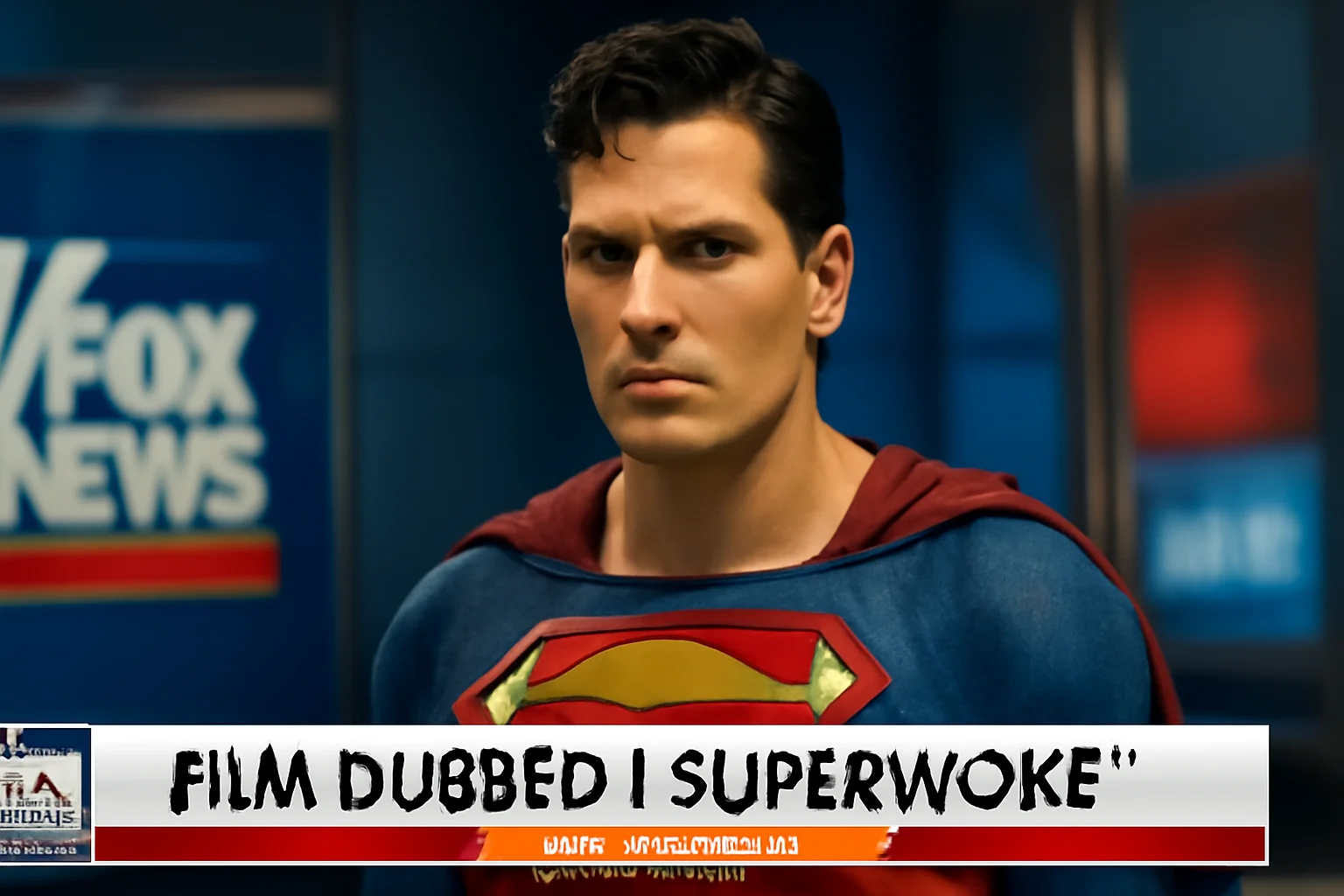
As the film’s opening weekend shattered box office expectations, raking in over $220 million worldwide, the backlash only intensified.Fox News aired a segment dubbing the film “Superwoke,” decrying its politics as an unwanted lecture for moviegoers, while some Israeli supporters were outraged that a superhero created by Jewish immigrants had become, in their eyes, a tool for anti-Israel messaging.Online, the debate grew even more polarized, with pro-Palestinian activists championing the movie as an act of defiance and Israeli advocates condemning it as a betrayal of both the comic’s heritage and the nation’s struggle.Audiences on every side dissected the film’s imagery: the Boravian leader’s resemblance to Netanyahu, the use of Russian accents and European iconography to blur ethnic lines, and the stark division between the well-armed aggressors and defenseless civilians.Some analysts noted that Superman’s role as an immigrant—central to his mythology since his creation by Siegel and Shuster—was now weaponized by both supporters and critics, transforming him from savior to political lightning rod.Journalists and cultural commentators began publishing deep dives into the symbolism of every costume, every set piece, and every line of dialogue, searching for clues to Gunn’s intentions and the studio’s calculations.Meanwhile, right-wing influencers like Ben Shapiro insisted the movie was “not good,” while progressive voices celebrated the rare sight of a Hollywood blockbuster challenging dominant narratives about war and victimhood.The cast itself became part of the conversation, with David Corenswet, the first Jewish actor to play Superman, inadvertently caught in a storm about identity and responsibility.For Warner Bros. and DC Studios, the controversy became a double-edged sword: the film’s critical acclaim and box office performance were undeniable, but so was the discomfort of being at the center of a geopolitical debate.Suddenly, a superhero’s punch-up had become a flashpoint for conversations about immigration, occupation, genocide, and the burden of American power.In the court of public opinion, Superman’s greatest feat wasn’t flying—it was forcing a world in denial to look at itself, even if only for two hours in the dark.
Advertisement
5. Unmasking the Real Conflict
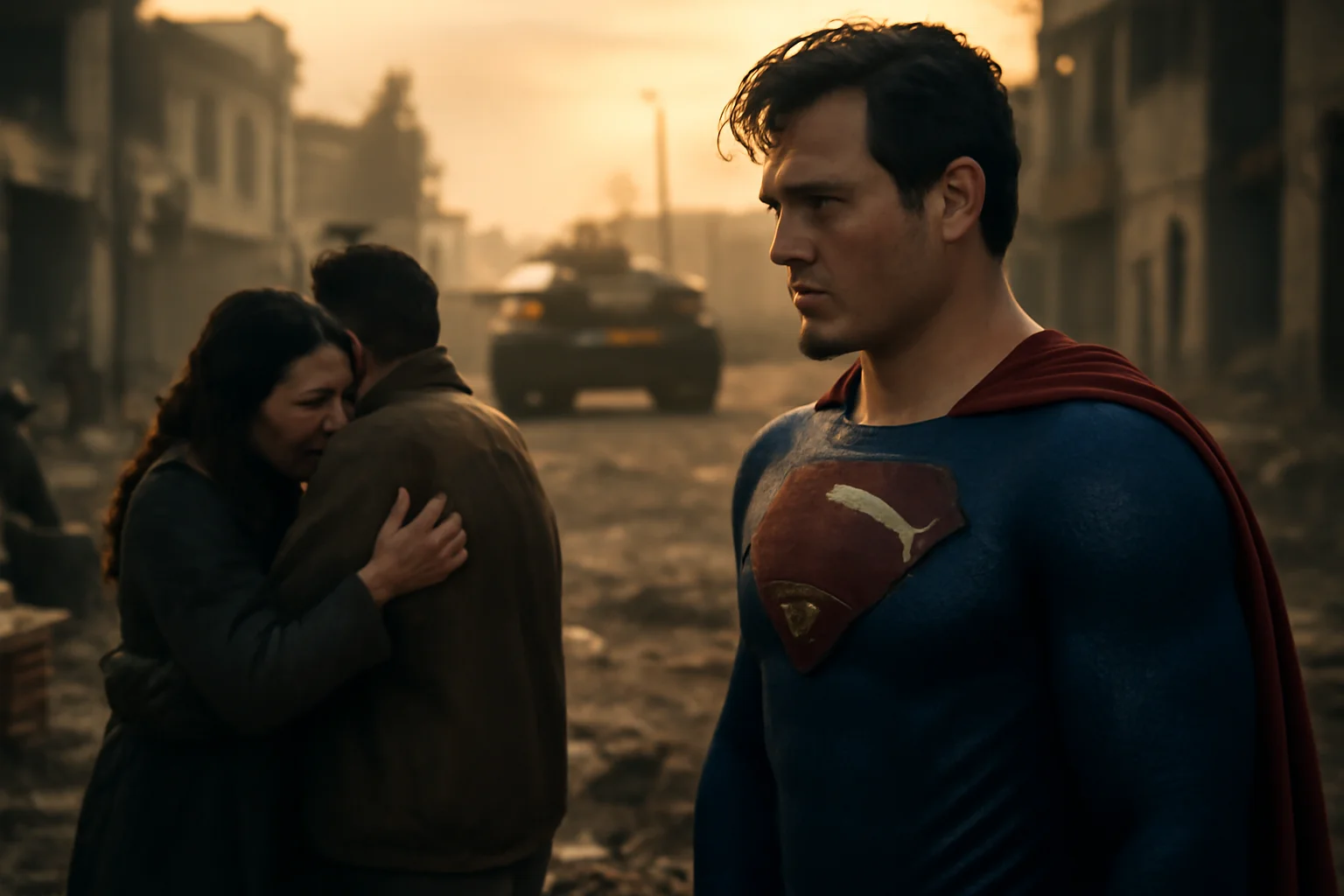
As viewers dug deeper, many realized the heart of the Superman story was less about allegory than about the limits of Hollywood itself.The scenes of tanks rolling through dusty streets, the flag-waving children, and the tearful farewells at the border all summoned familiar images from war zones, but the film, like so many before it, resolved conflict with spectacle, not solutions.Lex Luthor’s master plan, with its hints of real-world ambitions to “own a Riviera of the Middle East,” served as both a sendup and a critique of the corporate and political interests that drive modern war.Yet for all its power, the film pulled back at the critical moment, wrapping the narrative in the tidy comfort of justice served and villains unmasked—an ending far neater than any reality faced by those living through occupation or siege.The Justice Gang, a trio of corporate-backed superheroes, and the intrepid reporters at the Daily Planet stood in as symbols of hope, but also as reminders of the limitations of media and power in the face of entrenched systems.While Superman was able to save a country in two hours, the film’s real resonance lay in its refusal to ignore the human cost—the wounded, the grieving, and those left to rebuild after the cameras stopped rolling.Some critics argued that Hollywood could never truly capture the complexity or tragedy of real-world conflict, its blockbusters fated to offer catharsis instead of critique.Still, others saw the film as a step forward, using its platform to raise questions, challenge viewers, and refuse to let suffering remain unseen—even if the answers remained elusive.The debate over allegory versus accident was, in the end, less important than the fact that millions were suddenly talking, questioning, and demanding more from the stories they consume.For the first time in years, the face of Superman became a mirror, reflecting the anger, pain, and longing of a world desperately searching for rescue.
Advertisement
6. A Mirror for the Moment
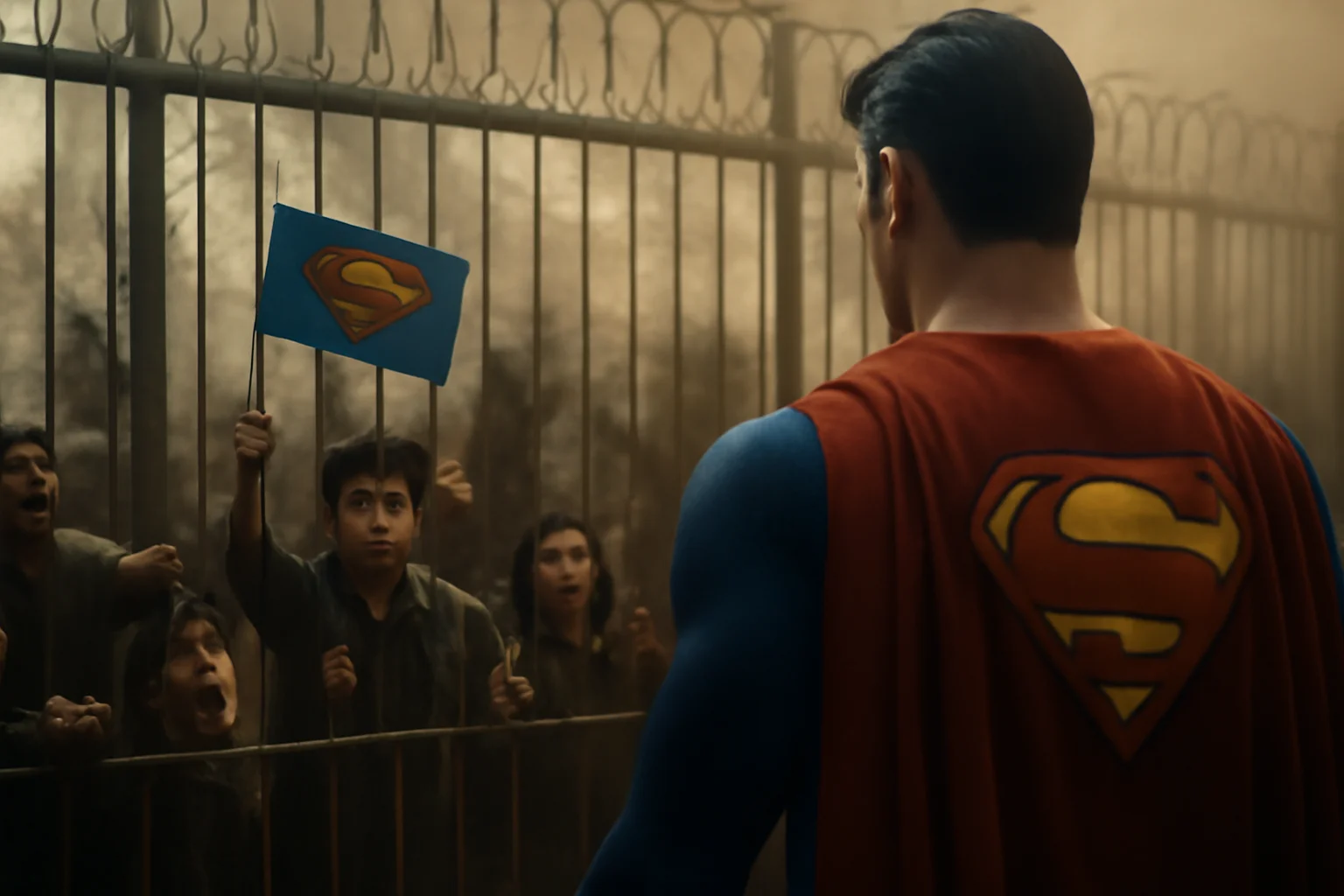
Amid the debates and denunciations, the most radical thing Gunn’s Superman did was simply refuse to look away.Audiences who came for action found themselves confronting questions about who gets to be saved, whose voices matter, and what it means to be heroic when systems are rigged and violence is ongoing.The character of Malik Ali, a humble food vendor who risks everything to help Superman, offered a glimpse of resistance and solidarity that transcended borders and costumes.For some, Malik’s fate—captured and used as a pawn in Luthor’s game—was the film’s truest reflection of the ordinary people whose lives are forever changed by the decisions of the powerful.The film’s critics were quick to point out that Jarhanpurians, like so many on the margins of Hollywood stories, existed mainly as background—victims, not agents, in their own liberation.Yet the presence of a brown-skinned boy waving the Superman flag, the desperate crowds at the border fence, and the cries for help in a language not often heard in American cinemas, all suggested a desire to tell a different kind of story.For Gunn, the challenge was always to balance the demands of entertainment with the responsibilities of representation—a task complicated by history, politics, and the industry’s own blind spots.What emerged was a film that, for all its shortcomings, refused to let audiences remain comfortable or complacent.In a world saturated with spectacle, Gunn’s Superman asked viewers to see themselves in both the hero and the helpless, to recognize the cost of looking away.It was, in the end, less about answers than about empathy—a mirror held up to a wounded world, inviting everyone to see their own reflection in the eyes of the other.
Advertisement
7. Heroes, Real and Imagined
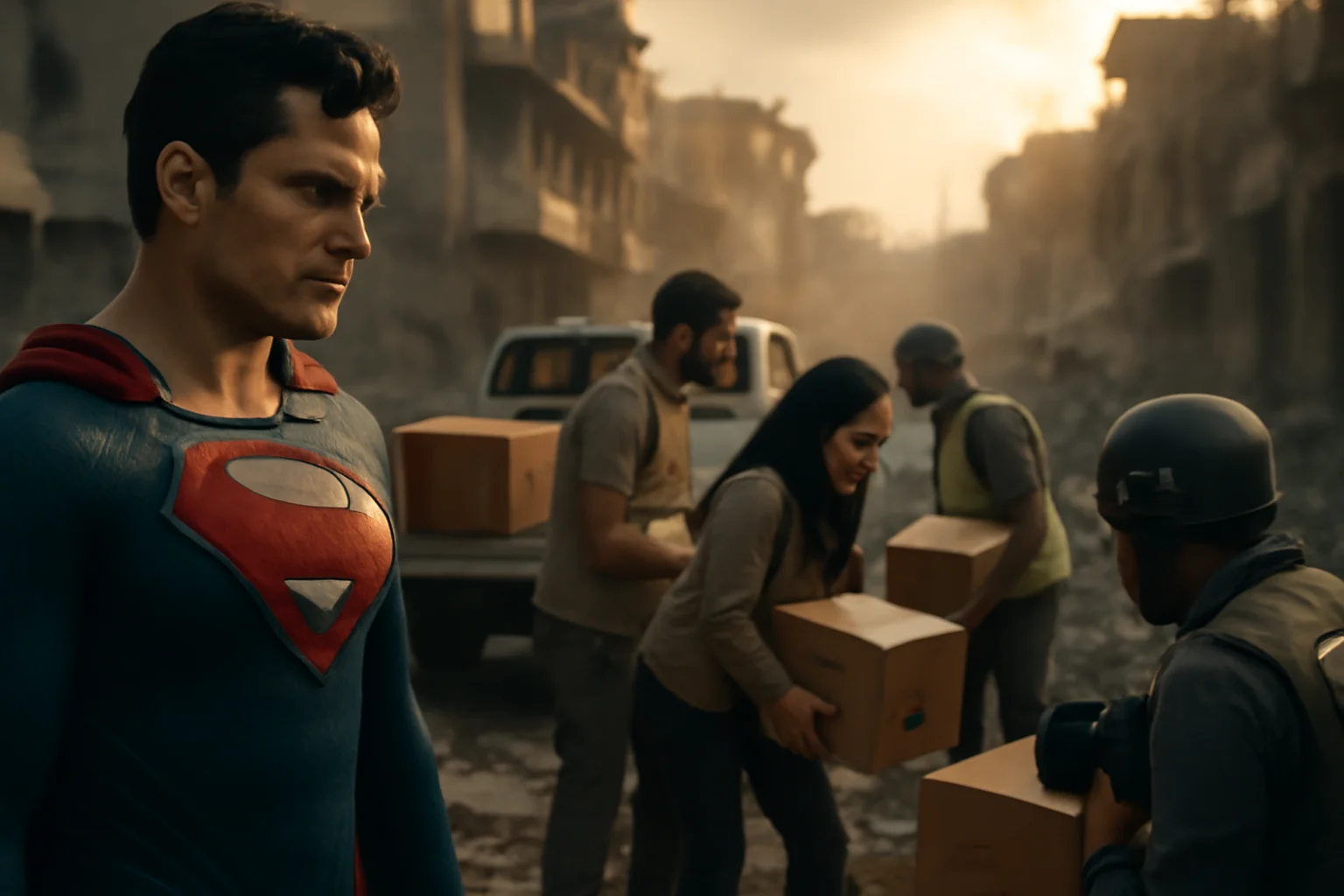
As the credits rolled and the conversation continued online, one truth became clear: no superhero, no matter how powerful, could save the world alone.The real heroes, as some commentators noted, are not those in capes, but the aid workers, medical staff, journalists, and ordinary citizens risking their lives to bring relief in Gaza, or anywhere injustice persists.For Palestinians and their allies, the hope for rescue comes not from Hollywood, but from global solidarity—the millions who march, donate, and demand an end to violence and occupation.Superman’s struggle, while fictional, resonated because it asked a question that remains unanswered: what does it mean to intervene, to witness, to act when confronted with suffering not our own?The film’s finale, with its triumphant defeat of evil, could not erase the knowledge that, outside the theater, real conflicts grind on with no superhero in sight.In interviews, Gunn himself acknowledged the limits of what a movie can do—stories can inspire, challenge, and provoke, but they cannot heal wounds or rebuild homes.Still, the power of myth remains: to imagine, if only for a moment, a world where justice is possible, where the strong use their power to protect the weak.Audiences left theaters wrestling with the uneasy mix of hope and frustration, inspired to ask whether compassion and courage, however imperfect, might be enough to spark real change.Superman, in this film, became less a savior and more a challenge—a dare to become the heroes we are waiting for.
Advertisement
8. The Politics of Power
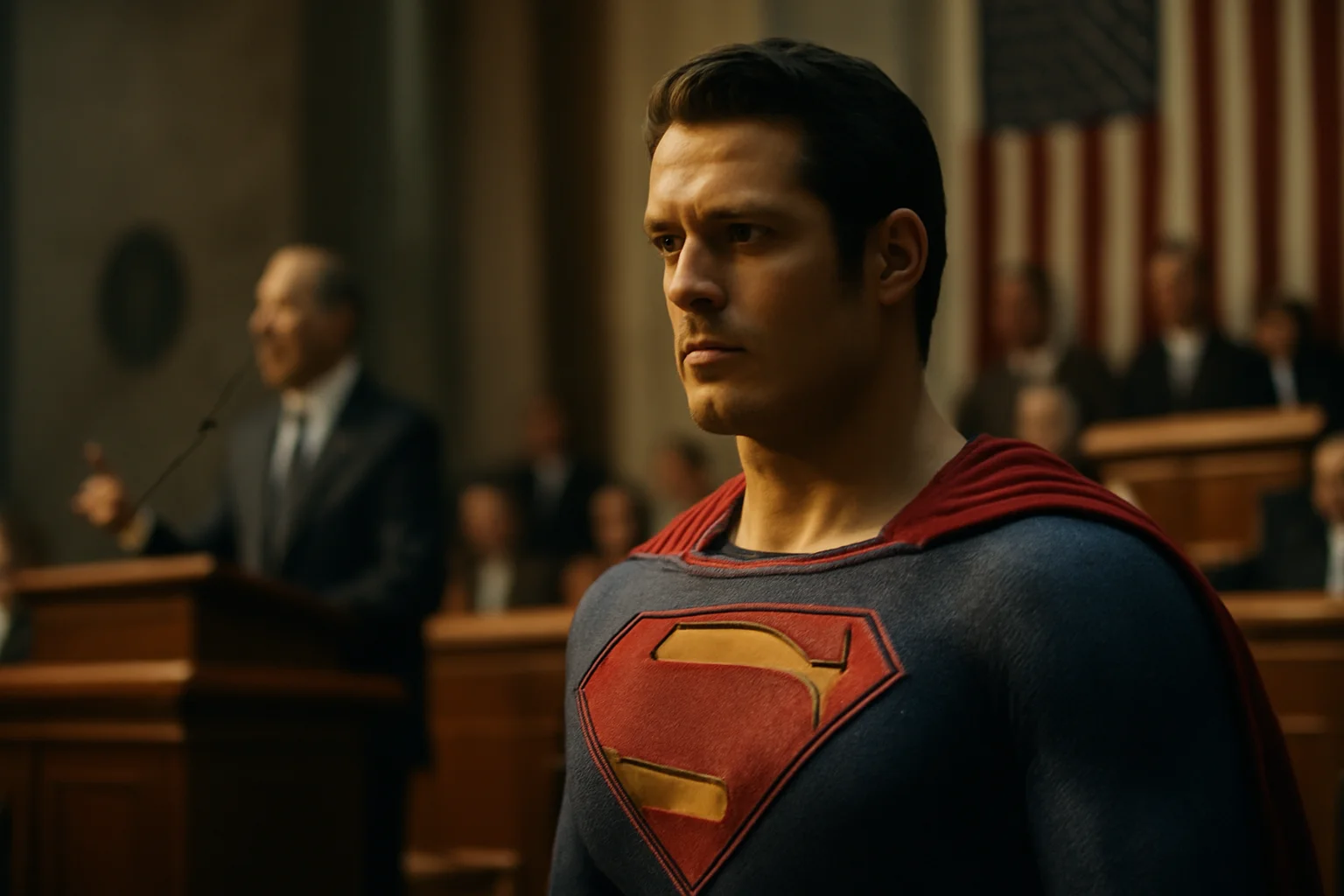
Throughout the controversy, the politics swirling around Superman exposed deeper currents shaping American and global life.Debates over immigration, national identity, and the morality of intervention were woven into the fabric of the film, echoing the anxieties and aspirations of an era marked by upheaval and division.The backlash against Gunn’s “immigrant” Superman reignited old arguments about who belongs and who is entitled to call America home, with critics accusing the film of rewriting history and values.Yet, as many pointed out, Superman has always been an immigrant—born on Krypton, adopted in Kansas, forever an outsider fighting to belong and to protect.The clash between Boravia and Jarhanpur served as a proxy for arguments about American foreign policy, proxy wars, and the cycles of violence perpetuated by those in power.The presence of a tech billionaire as the film’s chief villain reflected real-world unease with the growing influence of oligarchs, corporations, and the military-industrial complex.In this new Superman, the old questions took on renewed urgency: Who profits from conflict? Who decides which lives are worth saving? Whose stories get told, and whose are silenced?As the box office soared and the critics battled, it became clear that this was about more than superheroes—it was about the stories we tell ourselves, and the futures we dare to imagine.
Advertisement
9. Superheroes, Symbols, and Stories
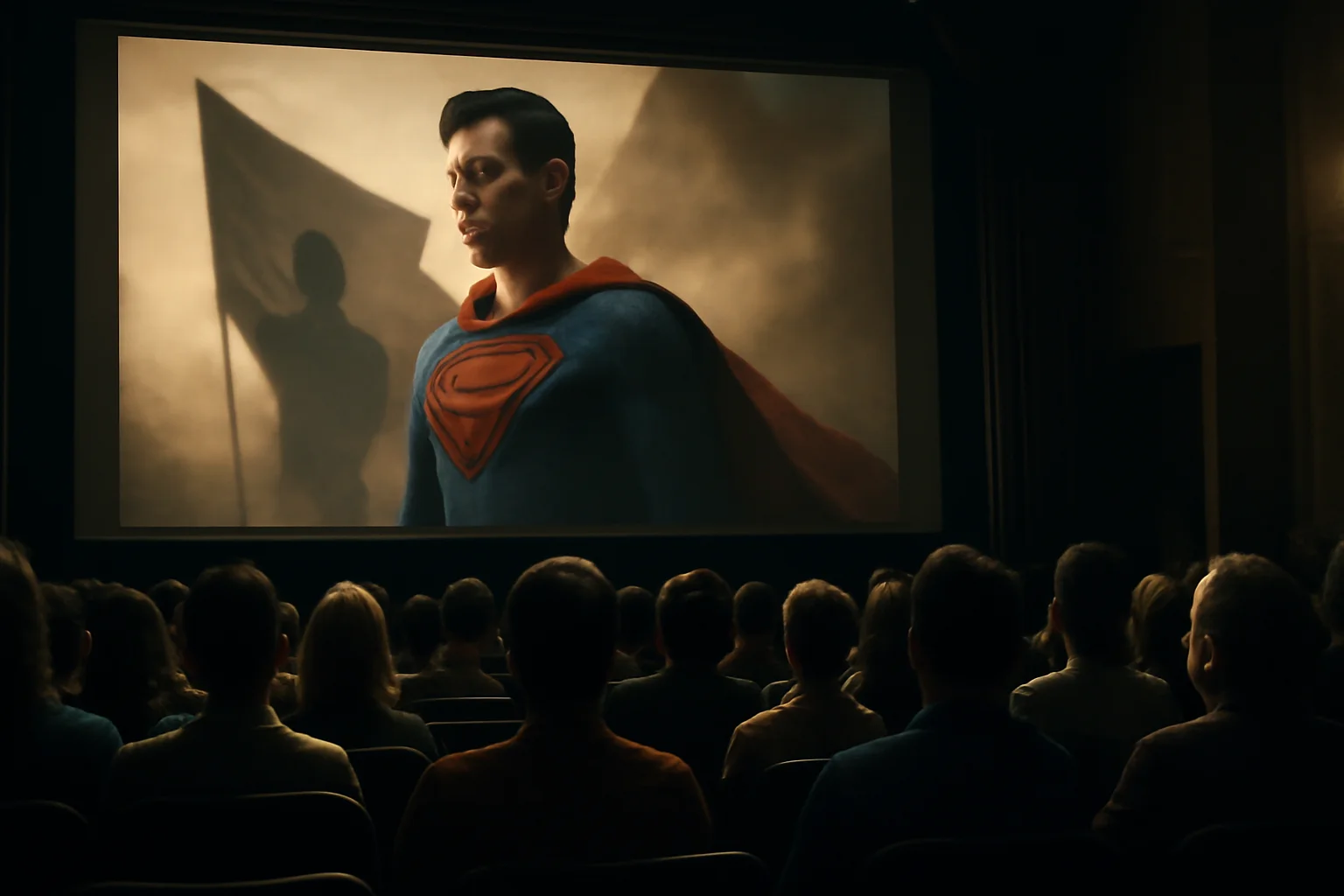
With every screening, Gunn’s Superman invited new interpretations, critiques, and conversations, transforming the movie into a living, breathing battleground for the culture wars of the moment.For some, the film was a betrayal—a distortion of a beloved icon to push a divisive agenda.For others, it was a rare act of courage: a blockbuster unafraid to wade into the messy realities of injustice and complicity.Some celebrated the casting of David Corenswet, the first Jewish actor to don the cape, as a restoration of Superman’s immigrant roots and a reminder of the character’s origins in the hopes and fears of Jewish creators during a time of rising fascism.Others critiqued the film’s reliance on old tropes—white saviors, voiceless victims, and tidy endings that have little to do with the chaos of real life.The beauty and danger of myth, as the film revealed, lies in its mutability—its power to unite and divide, to inspire and to infuriate, often at the same time.In the end, Superman was not the answer but the question: How will we respond to suffering? Will we turn away, or will we intervene, even at great cost?For those who watched and argued, the movie became a prompt to imagine a world where justice does not depend on the arrival of a man in a cape.
Advertisement
10. The Final Word—Or Is It?
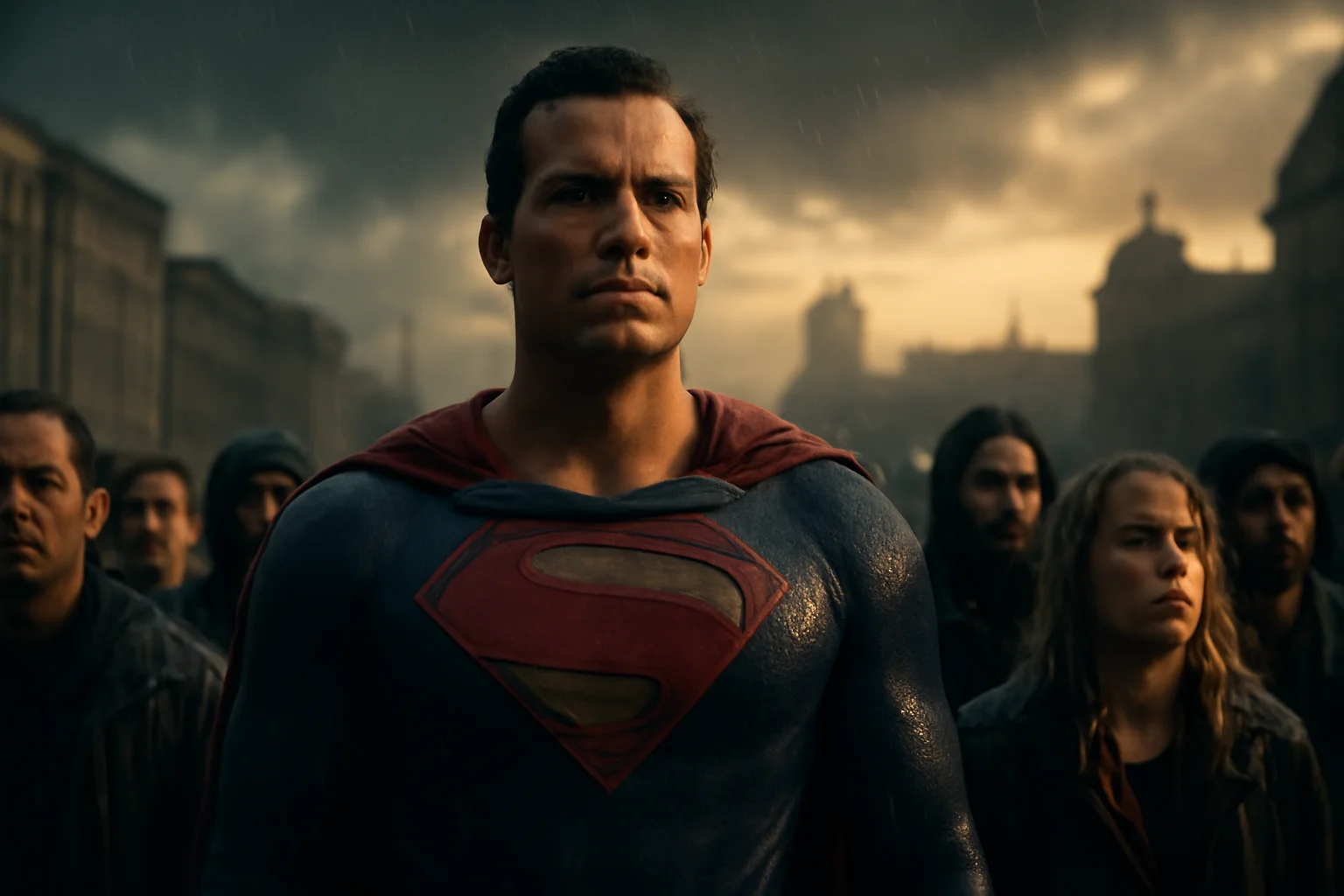
As the cultural storm raged on, one thing became clear: Superman is no longer just a superhero—he is a symbol, a battleground, and a mirror for a divided world.James Gunn’s film, whether by accident or design, forced audiences to confront the limits of their empathy, the complexity of their politics, and the urgency of their times.It challenged Hollywood to move beyond spectacle and toward stories that reflect the world’s pain and possibility, even when those stories are uncomfortable.It dared viewers to become participants, not just spectators, in the ongoing struggle for justice, dignity, and peace.Perhaps the true legacy of this Superman is not the box office records or the controversies, but the conversations—messy, painful, and vital—that it started.In the end, we are left with the same choice as always: to look away, or to stand with those who need us, cape or no cape.Superman’s greatest power, it turns out, is not flight or strength—it is the ability to force us to see the world, and each other, as we truly are.And in that seeing, perhaps, to change it.
Advertisement
Advertisement
You May Also Like


